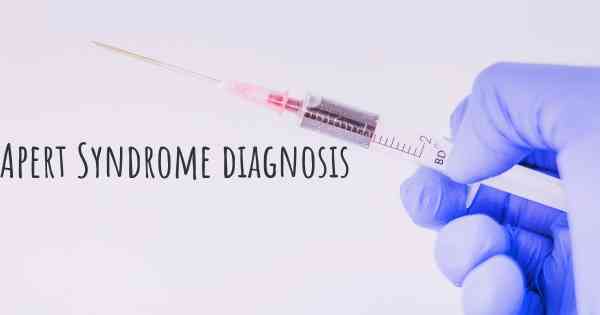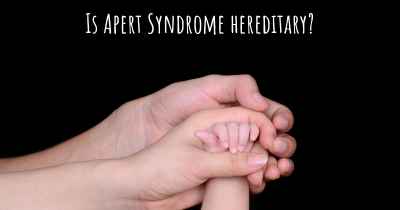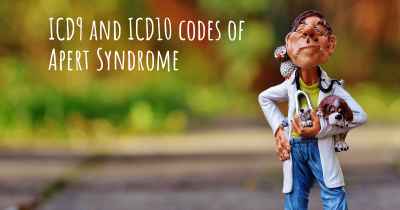How is Apert Syndrome diagnosed?
See how Apert Syndrome is diagnosed. Which specialists are essential to meet, what tests are needed and other useful information for the diagnosis of Apert Syndrome

Apert Syndrome is a rare genetic disorder characterized by abnormal growth of the skull and facial bones. It is caused by a mutation in the FGFR2 gene, which leads to the premature fusion of certain skull bones during development. This fusion results in a distinct appearance of the head and face, as well as other potential health issues.
Diagnosing Apert Syndrome
Diagnosing Apert Syndrome typically involves a combination of clinical evaluation, physical examination, and genetic testing. The process may vary depending on the age of the individual being evaluated.
1. Clinical Evaluation:
The first step in diagnosing Apert Syndrome is a thorough clinical evaluation. A healthcare professional, such as a pediatrician or geneticist, will review the individual's medical history and assess their physical features. The characteristic signs of Apert Syndrome include:
- Prominent, bulging forehead
- Wide-set, bulging eyes
- Beaked nose
- Underdeveloped upper jaw
- Fused fingers and toes (syndactyly)
If these physical features are present, further diagnostic tests will be recommended.
2. Imaging Studies:
Imaging studies, such as X-rays or CT scans, are often performed to assess the extent of craniofacial abnormalities in individuals suspected of having Apert Syndrome. These imaging techniques provide detailed images of the skull, face, and other affected areas, helping to confirm the diagnosis.
3. Genetic Testing:
Genetic testing plays a crucial role in diagnosing Apert Syndrome. It involves analyzing a sample of the individual's DNA to identify the specific mutation in the FGFR2 gene. This can be done through various methods, including:
- Sequencing: DNA sequencing techniques are used to examine the entire FGFR2 gene and identify any mutations.
- Multiplex Ligation-dependent Probe Amplification (MLPA): MLPA is a technique that can detect larger deletions or duplications within the FGFR2 gene.
- Fluorescence In Situ Hybridization (FISH): FISH is a method that uses fluorescent probes to visualize specific regions of the FGFR2 gene and detect any abnormalities.
Genetic testing not only confirms the diagnosis of Apert Syndrome but also helps determine the specific mutation involved. This information can be valuable for genetic counseling and understanding the potential impact on the individual's health.
4. Additional Evaluations:
Once the diagnosis of Apert Syndrome is confirmed, additional evaluations may be recommended to assess the potential impact on various body systems. These evaluations may include:
- Hearing tests: to check for hearing loss, which can be associated with Apert Syndrome.
- Eye examinations: to evaluate vision and detect any ocular abnormalities.
- Cardiac evaluations: to assess the heart's structure and function.
- Sleep studies: to monitor breathing patterns during sleep, as individuals with Apert Syndrome may be at an increased risk of sleep apnea.
- Developmental assessments: to evaluate cognitive and motor development.
Conclusion:
Diagnosing Apert Syndrome involves a comprehensive approach that includes clinical evaluation, physical examination, imaging studies, and genetic testing. Identifying the characteristic physical features, performing imaging studies, and confirming the specific FGFR2 gene mutation through genetic testing are key steps in the diagnostic process. Additionally, further evaluations may be necessary to assess the potential impact on various body systems. Early diagnosis is crucial for appropriate medical management and intervention to optimize the individual's health and well-being.








